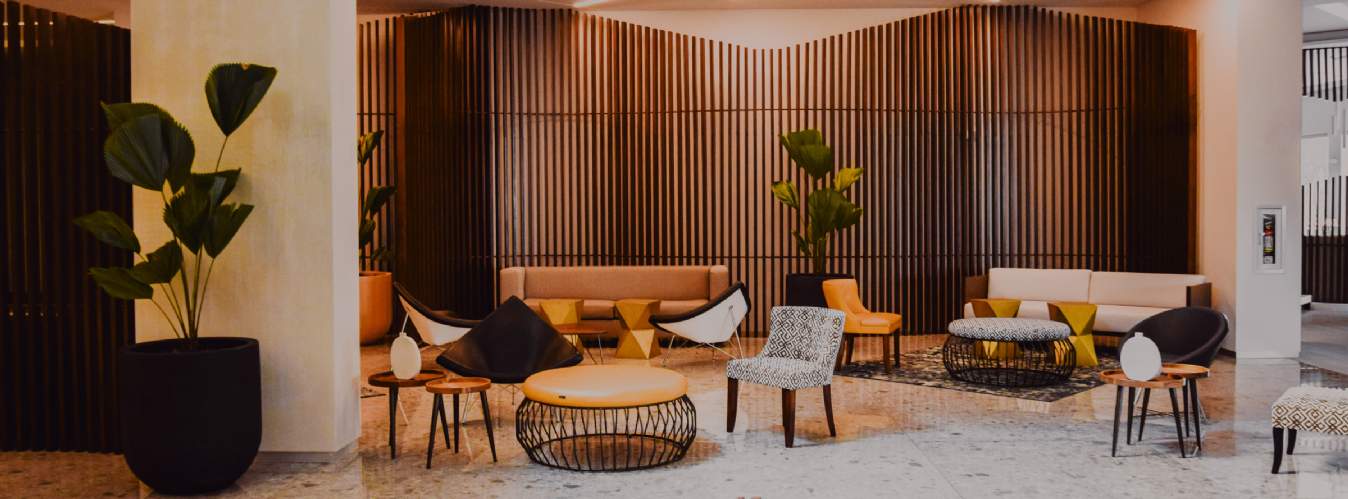Now more than ever we are all acutely aware of how the office is far more than just bricks and mortar. The pandemic gave us the opportunity to think more deeply about the psychological aspects of the workplace and what it means both for businesses and the individuals who work for them.
For many, the goal is to try and create a community with the common denominator being the space that you share. However, people’s investment into the space is often different depending on their business objectives, so how, then, do you create cohesion?
Firstly, it’s about establishing brand loyalty. If you think of all the best brands, people keep coming back, which is ultimately what companies are looking to encourage. Secondly, it’s about creating a workplace experience that goes beyond four walls and a desk.
A lot has been said about the ‘hotelification’ of the workplace, but this isn’t just a buzz word. Imagine booking a hotel and you turn up and someone else was already in your room, or it hadn’t been tidied up, quite often that is what you find when you walk into the office. At the moment, in many cases, it is merely a facility, but this needs to be elevated if you are to keep people engaged. Smart occupiers are developing not just design guidelines, but are targeting operational levels comparable to hotels, such as expanding front-of-house staff and improving concierge services. As part of this they are leveraging proptech to make this efficient, and creating a brand experience definition to ensure consistency across portfolios.
Much like shops, restaurants and hotels, a well-used workplace needs to be constantly updated in order to keep things fresh. Everyone loves a trend and businesses shouldn’t be afraid to experiment; it’s an intrinsic part of our human nature that we want to explore new things. While quality and timeless design certainly has its place (as long as it is well maintained), the reality is that people get bored when they see the same thing every day and are drawn to the interest of the ‘new’. Consciously or subconsciously, there remains a desire to keep up with the competition.
While updating your space regularly may seem counter intuitive, especially when it comes to ESG aspirations, this doesn’t have to be the case.
Re-using material, repurposing existing fabrics, or simply changing the colour can make all the difference. There are also a number of firms that now offer the possibility of renting furniture. This makes it both more sustainable and financially attractive. Ultimately, however, if you have the principles right, you can use the space ad infinitum, while changing the decorative elements around it.
For the most part, real estate can amplify and communicate brand and enhance the workplace experience. When given the choice between your living room and the commute, fresh design is one tool that will keep people coming back to the office.
